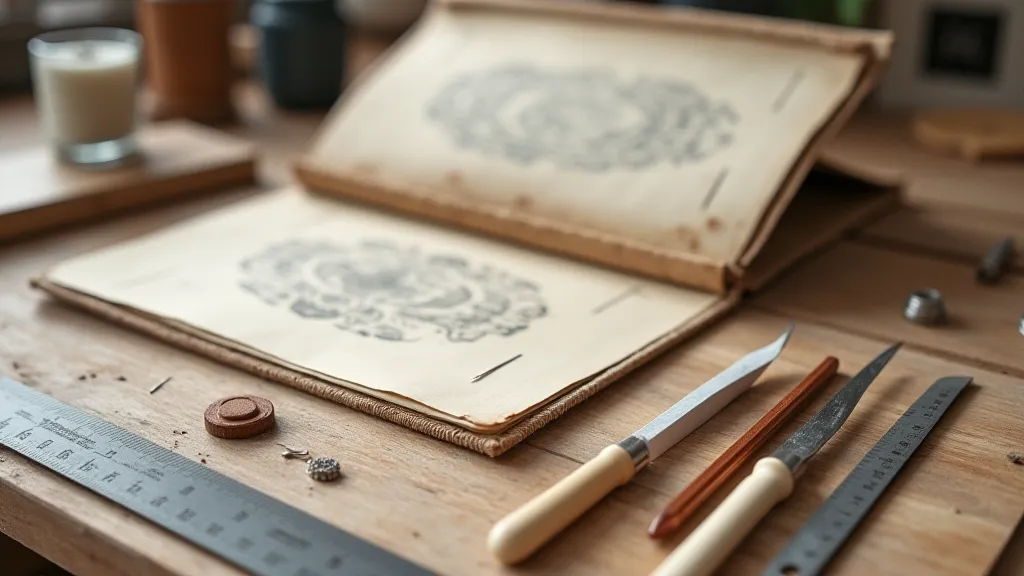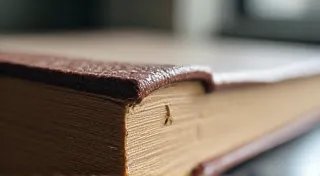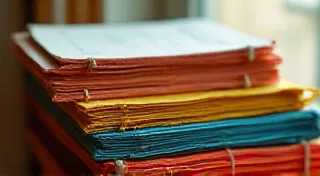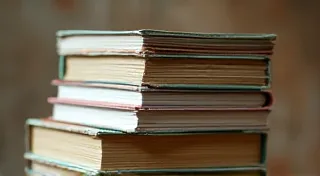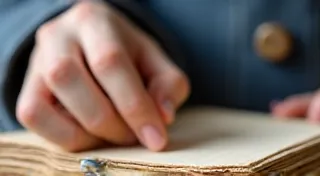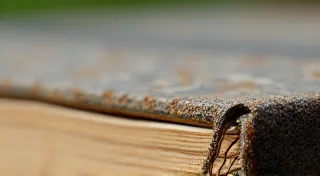Bookbinding Tools for Beginners: Your Essential Starter Kit
Embarking on the journey of creating your own handmade books is a wonderfully rewarding experience. But before you begin stitching and folding, you'll need the right tools. This guide outlines the essential bookbinding tools every beginner should have, explaining their purpose and helping you build a functional starter kit. Don’t be overwhelmed; you don't need everything at once! We’ll break it down into must-haves, helpful additions, and nice-to-haves.
The Must-Haves: Your Core Bookbinding Toolkit
These are the tools you absolutely need to start basic bookbinding projects. Investing in quality versions of these will improve your accuracy and enjoyment.
1. Bone Folder
A bone folder is arguably the most versatile tool in your bookbinding arsenal. It’s used for scoring paper (creating a clean fold line), creasing, smoothing, and even acting as a burnishing tool. Don’t be fooled by the name – most modern bone folders are made of plastic, but the name has stuck.
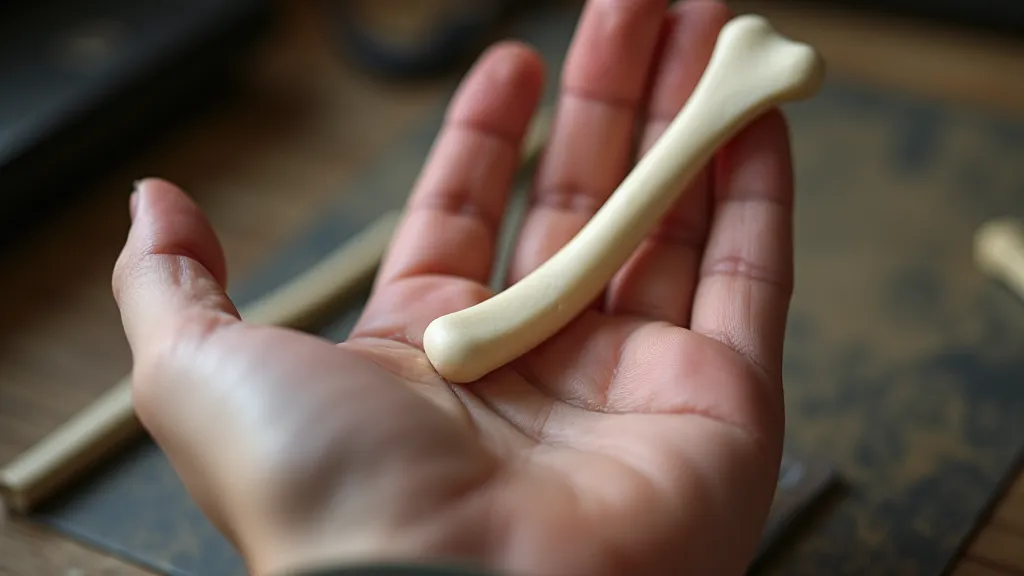
2. Awl
An awl is a sharp, pointed tool used to pierce holes in paper or board. It’s crucial for creating consistent holes for stitching, which is a common binding technique.
3. Bookbinding Needles
These are long, strong needles specifically designed for bookbinding. They have a rounded point, allowing them to pass through the paper and the holes created by the awl without tearing. Having a few is a good idea – they can bend or break.
4. Bookbinder’s Thread
Strong thread is essential for securely binding your pages together. Linen thread is a popular choice for its durability, but waxed cotton thread is also a reliable option.
5. Cutting Mat & Craft Knife/Utility Knife
A cutting mat provides a safe and stable surface for cutting paper and board. A sharp craft knife or utility knife is necessary for trimming edges and making precise cuts.
Helpful Additions: Level Up Your Bookbinding
These tools aren't essential for your first projects, but they’re incredibly useful as you gain experience.
1. Ruler (Metal is Best!)
A metal ruler is more durable and accurate than a plastic one. It’s important for measuring and cutting paper and board with precision.
2. Book Press
While you can use heavy books to press your finished books, a proper book press applies even pressure and creates a much more professional finish. These can be bought or, with some DIY skills, made yourself.
3. PVA Glue & Brush
While some handmade books can be entirely stitched, some sections like endpapers benefit from glue. A good quality PVA glue and a brush will help you get the job done.
Nice-to-Haves: For the Serious Bookbinder
These are tools that are more specialized and useful for more advanced projects. Don’t worry about them until you're comfortable with the basics.
1. Corner Rounder
A corner rounder creates rounded corners on your book's edges, giving it a more polished look.
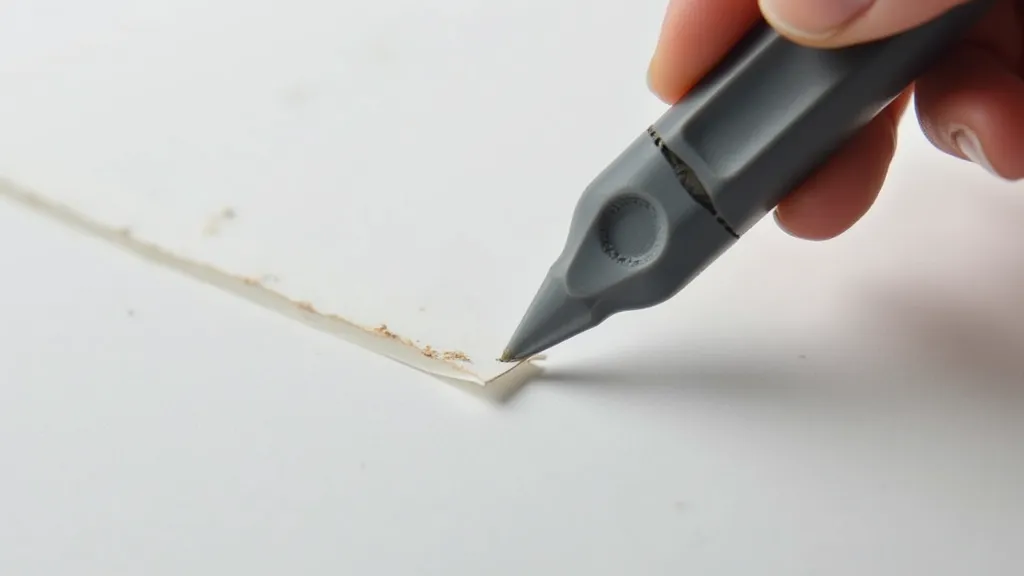
2. Guillotine Paper Cutter
For large batches of paper cutting, a guillotine paper cutter provides clean, straight cuts quickly and safely.
3. Bookbinding Cradle
Helps hold the book open at a precise angle for gluing endpapers or creating unique spine structures.
Building Your Starter Kit: Where to Begin
Don't feel pressured to buy everything at once. Start with the "Must-Haves," practice your bookbinding skills, and gradually add to your collection. There are many affordable starter kits available online, which can be a great way to get started. Remember, the joy of crafts and bookmaking lies in the process, so enjoy the journey of creating your own beautiful, handmade books!
